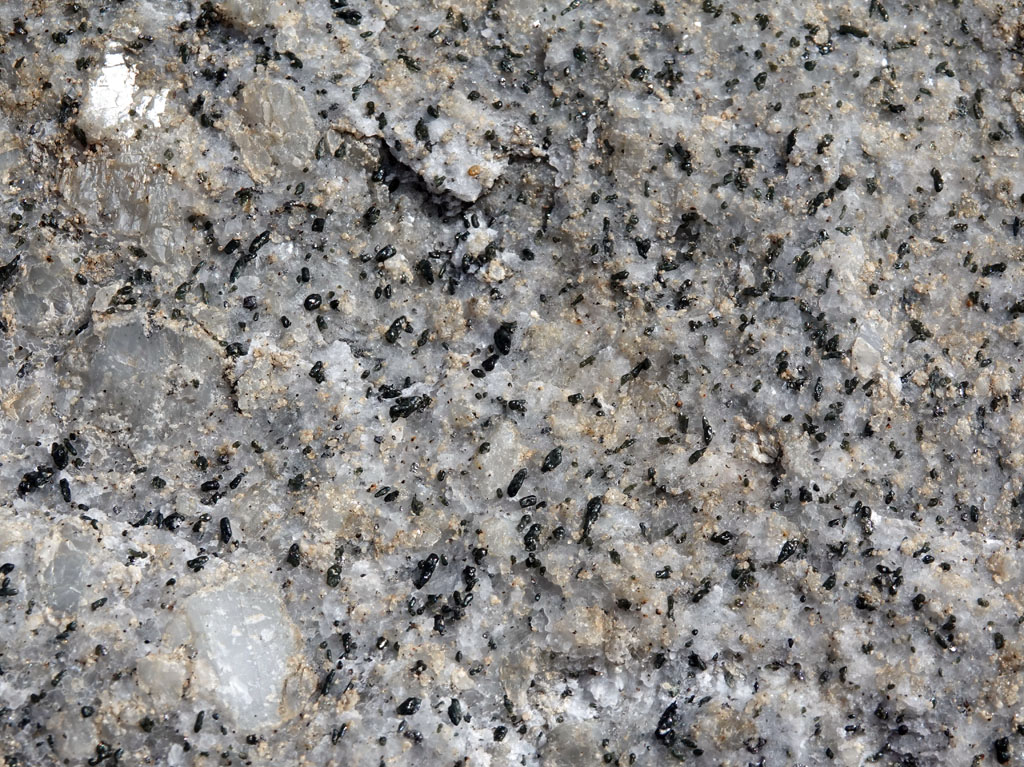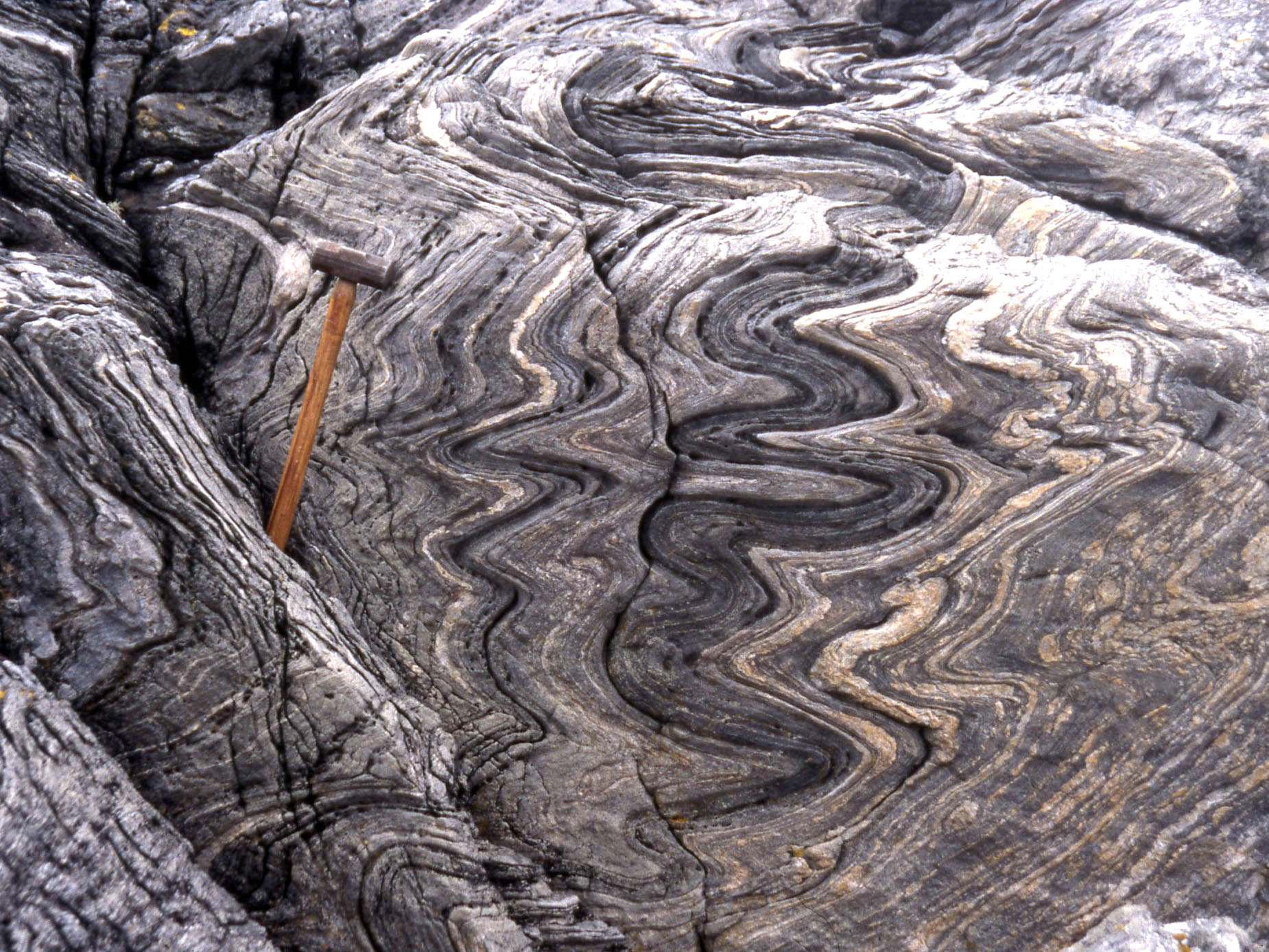7.1 Information Overview
The study of metamorphic rocks begins in the field, then moves on to hand samples and thin sections. Because metamorphism is largely isochemical, once a protolith rock type is identified the list of possible minerals is limited considerably. Having a list of possible minerals makes much easier the identification of the minerals present. Assembled here are lists of possible minerals for the most common metamorphic rock types: metamorphosed shales, metamorphosed mafic igneous rocks, and metamorphosed sedimentary rocks that contain both carbonate and silicate minerals. Embedded in the mineral lists are links for each mineral to pages with property information, including optical information.
Although it is possible to identify minerals based on their physical and optical properties, seeing images of the minerals enables the use of pattern recognition for identification. Therefore, images are provided of hand samples and thin sections of metamorphic rocks of each protolith type. Assembling these images is an ongoing project, but many images are already available.
Petrologists commonly organize their observations by showing mineral compositions and mineral assemblages on composition diagrams. The different prolith rock types are best represented on composition diagrams that are optimized for that rock type. Links to these diagrams are provided.
The equilibrium mineral assemblages that can occur for each rock type further constrain what minerals might present in a particular metamorphic rock. For example, if chloritoid is identified in a metamorphosed shale, sillimanite is not likely to be present at equilibrium. Therefore, information about the possible equilibrium assemblages for each rock type will speed the mineral identification process and can help geologists recognize anomalies. For each rock type, links are provided to interactive diagrams that show equilibrium mineral assemblages as a function of metamorphic conditions.
To access the information pages, click on the button for the protolith rock type of interest or use the sidebar menu links.

